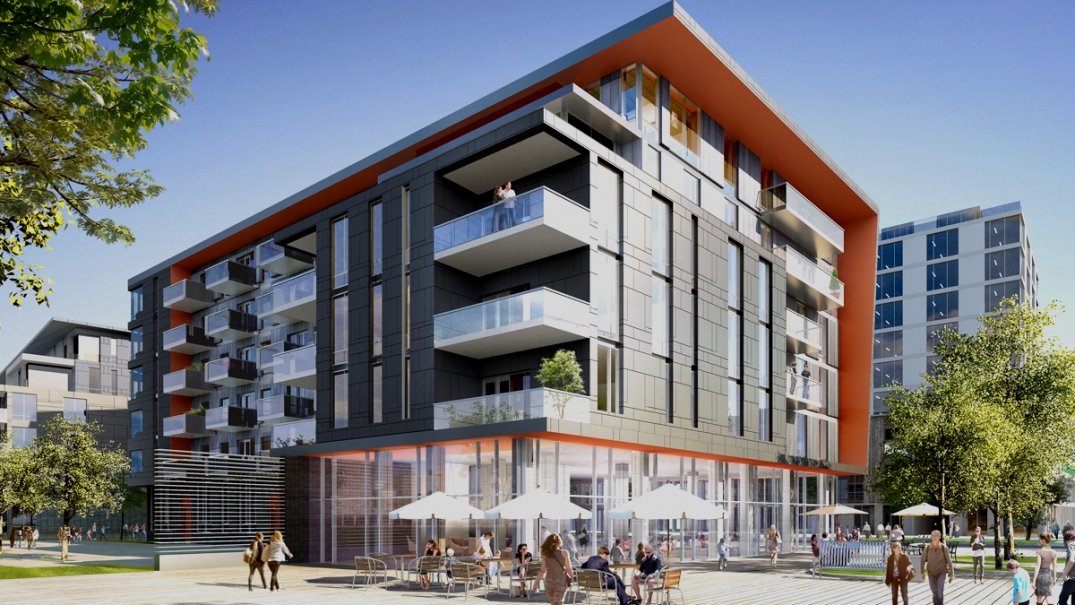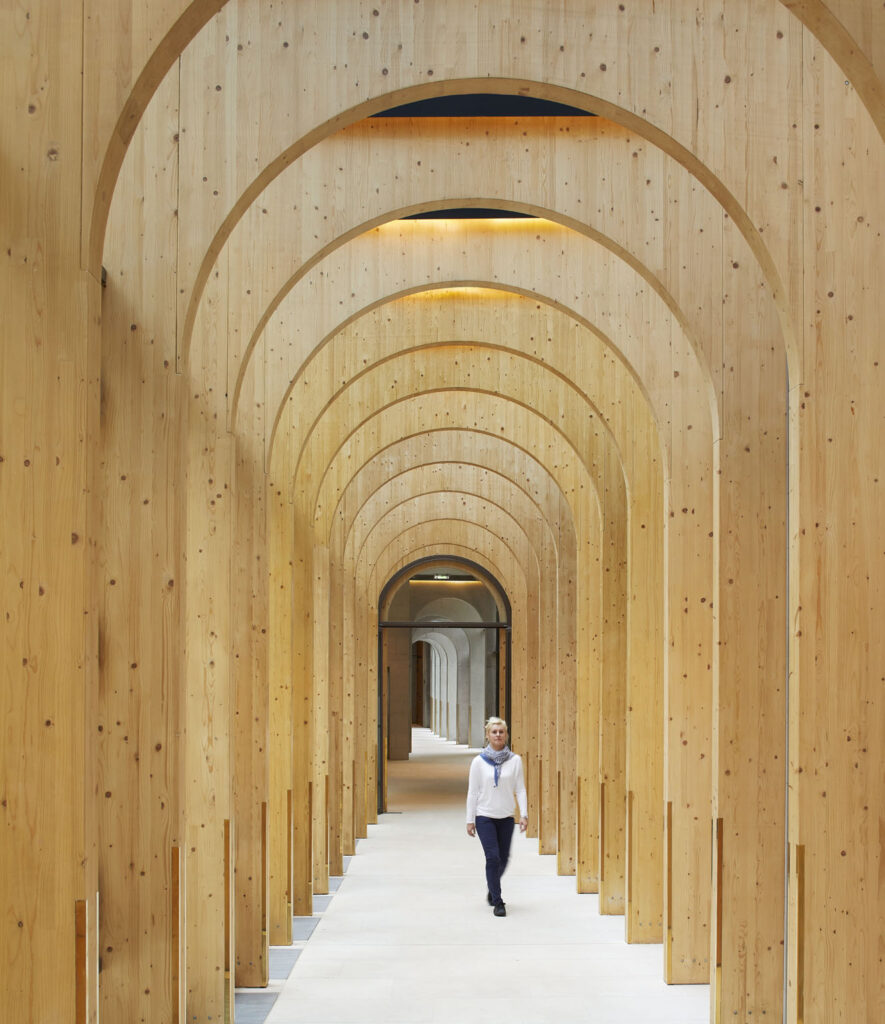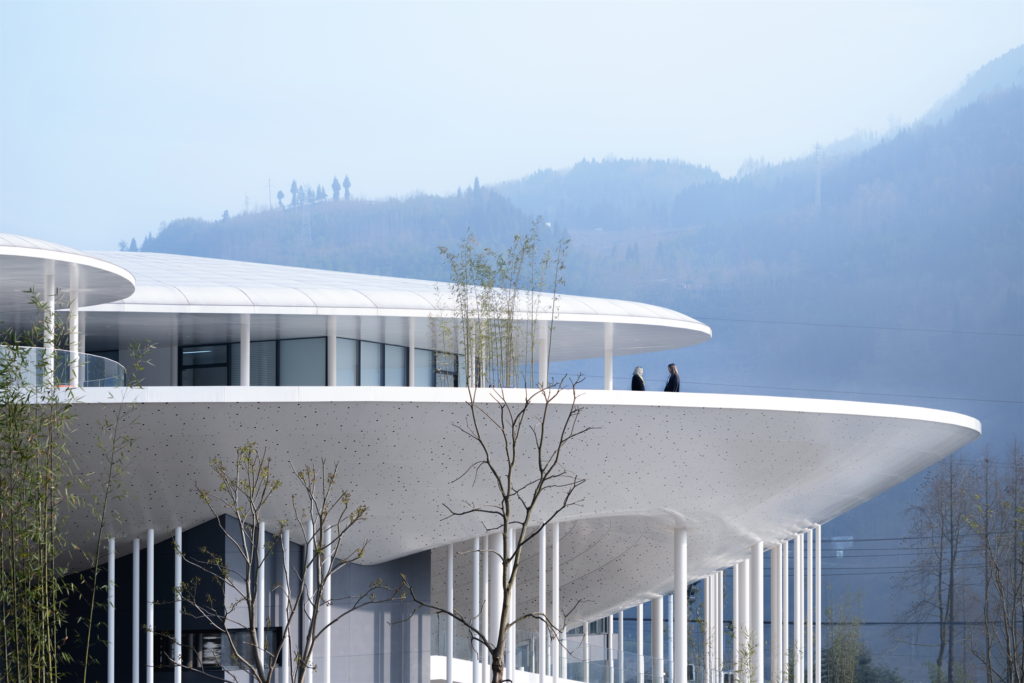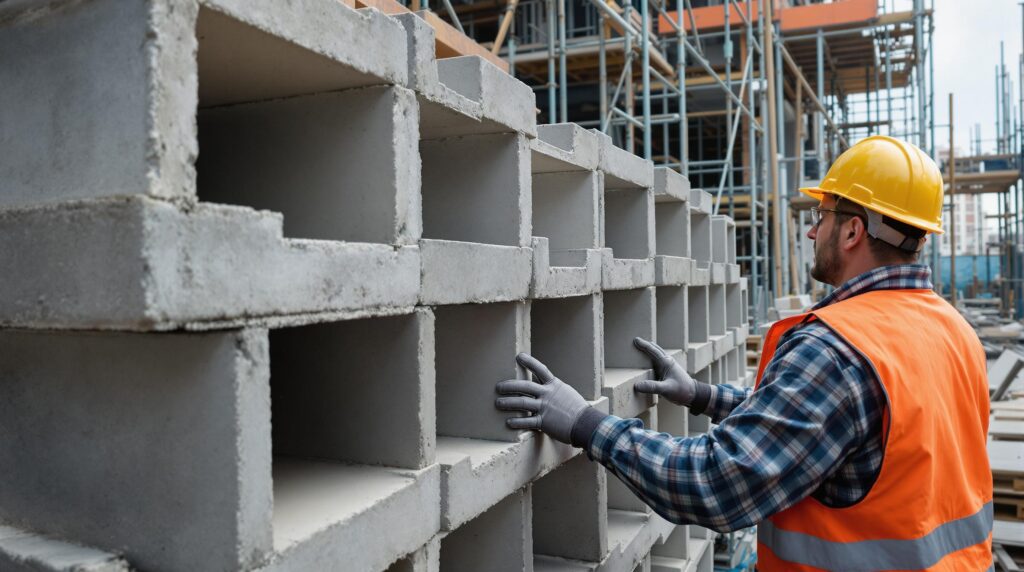The Importance of Load Balancing in Mixed-Use Building Electrical Design

This post was originally published on this site

In the modern urban landscape, mixed-use buildings have become increasingly popular. These buildings combine residential, commercial, and sometimes industrial spaces under a single roof. While they offer several advantages, they also present unique challenges, particularly when it comes to electrical power distribution. One critical aspect of electrical design in mixed-use buildings is load balancing, a concept that plays a pivotal role in ensuring efficient and reliable power distribution.
Understanding Load Balancing
Load balancing involves distributing electrical loads evenly across different circuits or phases within an electrical system. In the context of mixed-use buildings, this means ensuring that the electrical demand is distributed proportionally among residential, commercial, and industrial spaces, as well as among different tenants and appliances within those spaces. Achieving load balance is essential to prevent overloading of circuits, reduce energy waste, and ensure the safety and longevity of the electrical system.
Challenges of Load Imbalance
Load imbalance in mixed-use buildings can lead to various issues, including:
- Overloaded Circuits: When one phase or circuit is overloaded, it can lead to tripped breakers and electrical faults, causing disruptions and potential safety hazards.
- Reduced Efficiency: An imbalanced load can lead to poor energy efficiency as some phases may be underutilized while others are overburdened.
- Higher Energy Costs: Imbalanced loads may result in higher electricity bills as well as potential penalties from utilities for poor power factor.
- Increased Wear and Tear: Overloading circuits can reduce the lifespan of electrical components, leading to more frequent maintenance and replacement costs.
- Safety Hazards: Overloaded circuits and imbalanced loads can pose safety risks, such as overheating of wires and electrical fires.
Benefits of Load Balancing
Proper load balancing in mixed-use buildings brings several benefits:
- Enhanced Reliability: A balanced electrical system is more reliable, with reduced instances of power disruptions and equipment failures.
- Improved Energy Efficiency: Balanced loads lead to better energy efficiency and lower utility bills as power is used more effectively.
- Longer Equipment Lifespan: Well-balanced loads reduce stress on electrical components, resulting in longer equipment lifespan and reduced maintenance costs.
- Safety: Load balancing enhances electrical safety by reducing the risk of overloads and related hazards.
- Regulatory Compliance: Compliance with electrical codes and regulations often requires load balancing to ensure safe and efficient power distribution.
Load Balancing Strategies for Mixed-Use Buildings
Balancing electrical loads in mixed-use buildings is a complex task that requires careful planning and execution. Here are some strategies to achieve load balance effectively:
- Zoning and Subpanels: Divide the building into zones and install subpanels for each zone. This allows for more localized load management and prevents overloading of the main distribution panel.
- Separate Commercial and Residential Loads: Keep commercial and residential electrical systems separate, ensuring that the demand from one doesn’t affect the other. This can be especially important when dealing with different operating hours and load profiles.
- Demand Management: Implement demand management strategies, such as staggered equipment start times or load shedding during peak hours, to prevent simultaneous high loads.
- Use of Smart Meters and Monitoring: Smart meters and monitoring systems can provide real-time data on electricity consumption. This information helps in identifying load imbalances and optimizing load distribution.
- Three-Phase Power Distribution: In many cases, it’s beneficial to use three-phase power distribution, which allows for a more balanced load among the three phases. It’s particularly relevant for mixed-use buildings with a significant commercial component.
- Load Calculations: Accurate load calculations are crucial during the design phase. Estimating the electrical demand of each zone or tenant can help in designing a system that ensures load balance.
- Educate Tenants: Informing tenants and users about the importance of load balancing and energy conservation can encourage cooperation in maintaining a balanced load.
Case Study: A Successful Load Balancing Implementation
Let’s consider a case study of a mixed-use building located in a bustling urban area. The building had several floors dedicated to residential units, a few floors for offices, and a ground floor for retail spaces. Due to varying usage patterns and equipment in these areas, load imbalance was a persistent issue, resulting in frequent power disruptions and complaints from tenants.
The building management decided to address this problem by implementing load-balancing strategies:
- Subpanels were installed on each floor, allowing for localized distribution and load management.
- The commercial and residential electrical systems were separated to prevent interference with each other’s loads.
- Smart meters were installed to monitor and analyze power consumption in real-time.
- Load calculations were performed, and staggered start times for equipment, such as HVAC systems, were introduced.
The results were remarkable. Power disruptions became rare, tenant complaints reduced significantly, and energy bills dropped. The building also achieved better compliance with local electrical regulations and codes.
Conclusion
Load balancing is a critical aspect of electrical design in mixed-use buildings. It ensures efficient and reliable power distribution, preventing overloads, reducing energy waste, and enhancing safety. Successful load balancing strategies involve zoning, separate systems for different usage types, demand management, monitoring, and education. By implementing these strategies, mixed-use building owners and managers can achieve a harmonious and cost-effective electrical system that benefits both tenants and the environment. In the case of mixed-use buildings, where different types of spaces coexist, achieving load balance is not just a luxury but a necessity for optimal operation and safety.





Responses